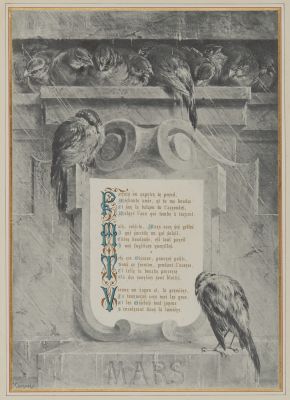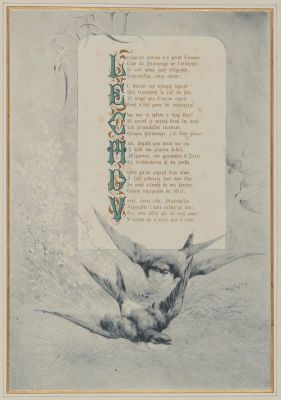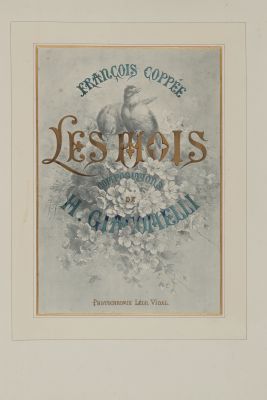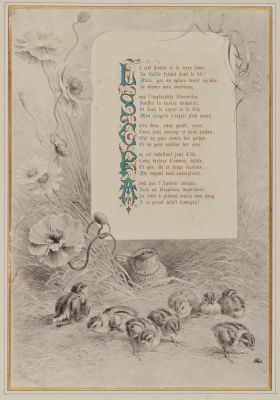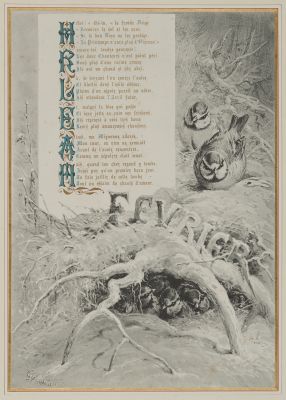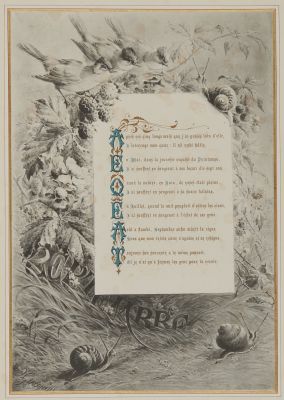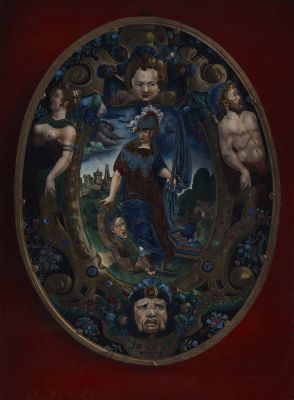
Title
Évangéliare de St. GauzelinArtist
Vidal, Leon (French, 1833-1906)Publication
Monographie de la cathedrale de NancyDate
1882Process
PhotochromieAtelier
Leon VidalImage Size
21.2 x 16 cmSheet Size
35 x 26 cm
Léon Vidal conducted successful early experiments in color collotypes in the late 1870s eventually patenting the Photochromie process (1872 and 1874 patents using a woodburytype with chromolithographic under printings, on specially prepared Woodbury paperx) The Photochromie used a series of registered lithographic colors manually separated, to produce a color image. Not necessarily accurate to reality, colors were printed over each other over which a Woodburytype, in registration, was placed yielding a color print. The use of metallic inks or papers, when dealing with metal objects, such as armor, created startling results. One of the drawbacks was that the prints had to be mounted inside stiff mats due to the need for them to expand and contract with atmospheric conditions. This made it extremely difficult for the process to be used in books. [1]
The frontis to this book is one of the very few Vidal photochromies used in books. Among the plates are 9 B&W phototypes by Vidal (Ateliers de reproductions artistique) and by Braun of Dornach.
Reproduced / Exhibited
Laureline Meizel. ”Le Trésor artistique de la France” : un cas exemplaire de “ livre-spécimen ” au tournant des années 1870-1880. Etudes photographiques, Société française de photographie, 2012. Fig. 3
References
[1] Hanson, David Checklist of photomechanical processes and printing 1825-1910, 2017 p. 138
A. Hamber, A Higher Branch of the Art, p. 90

